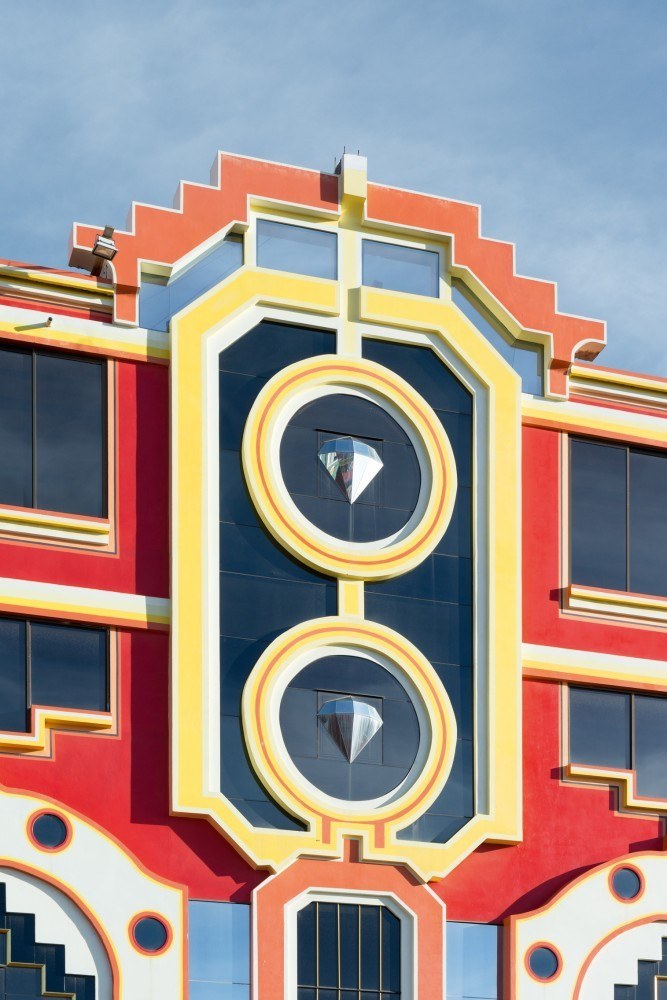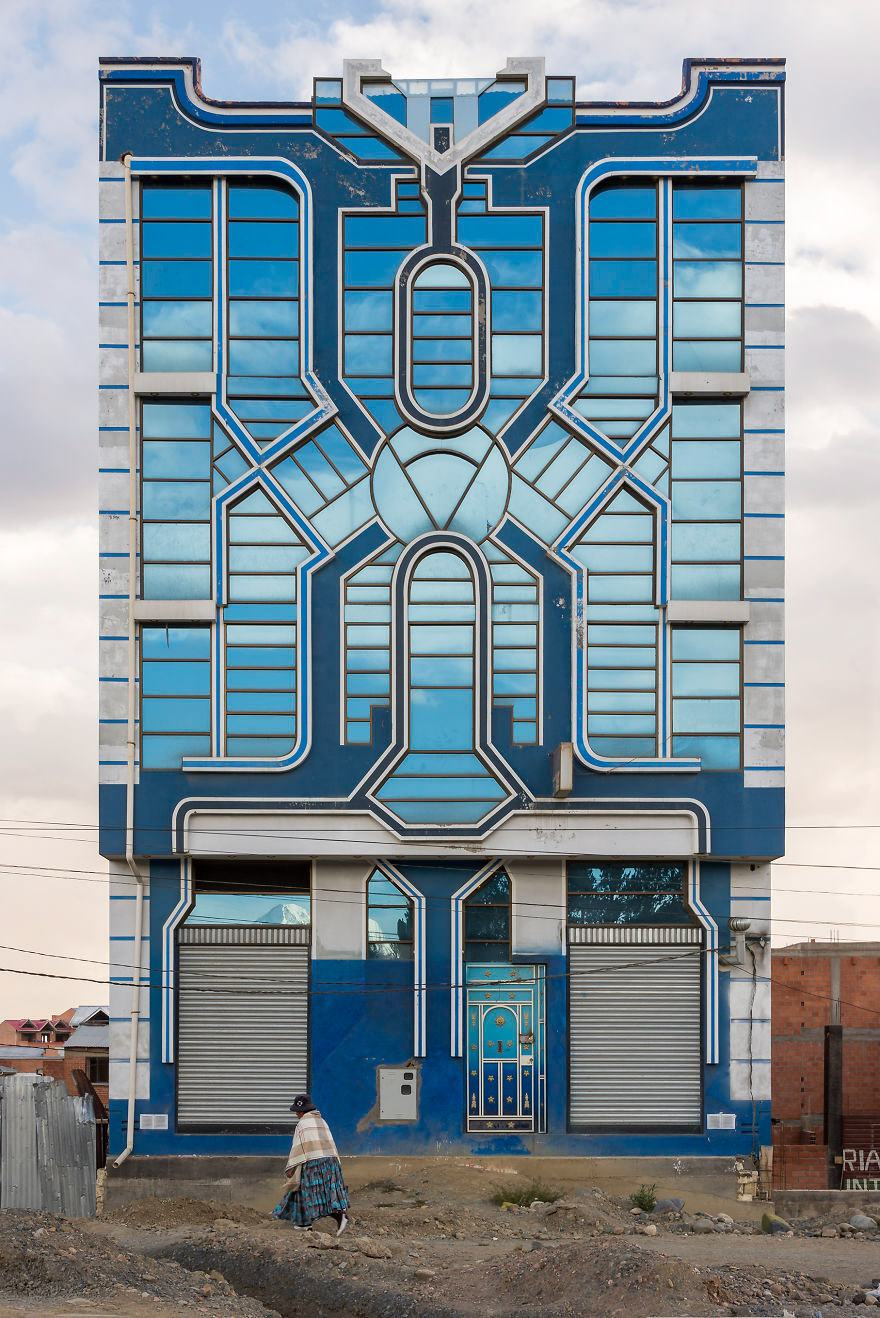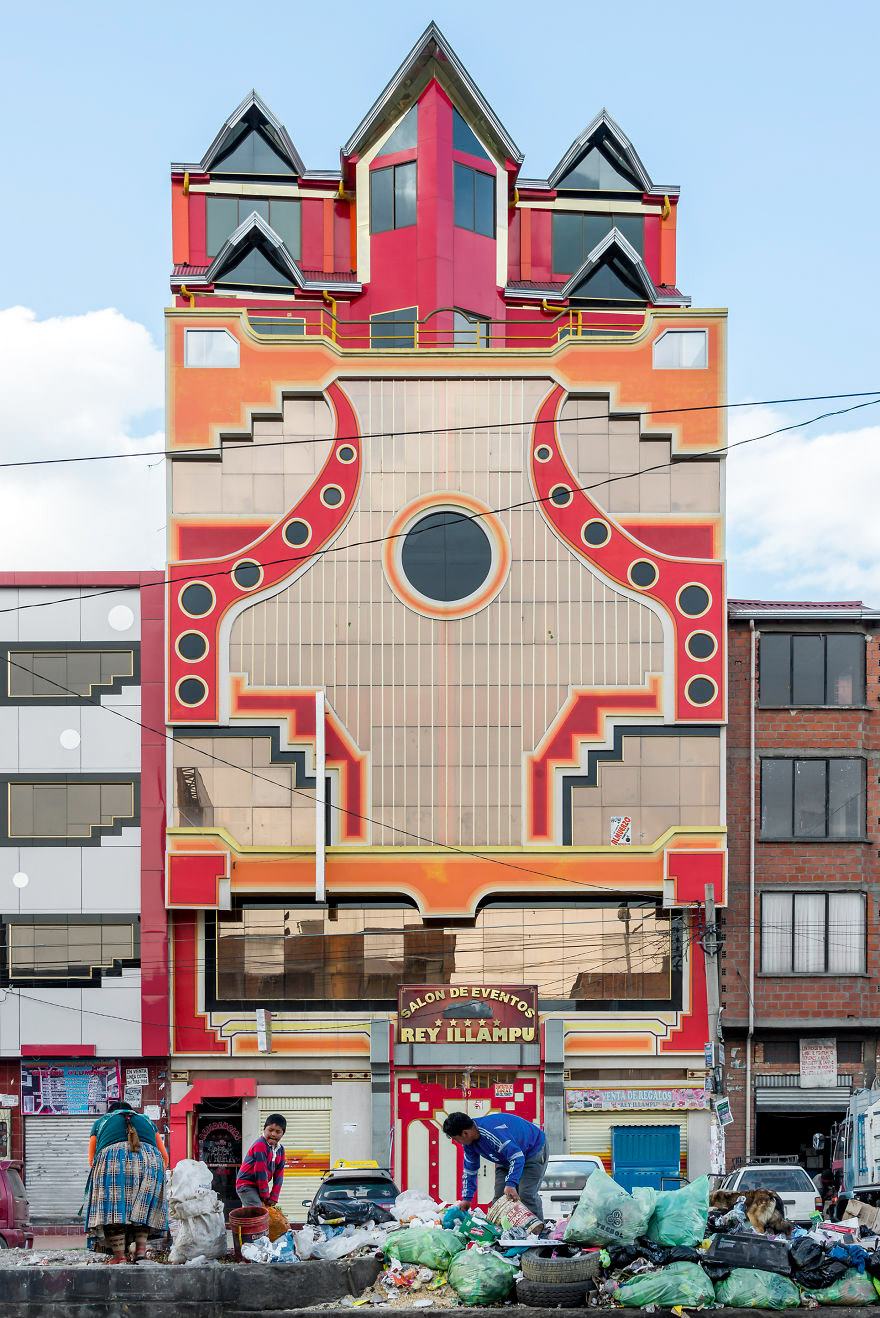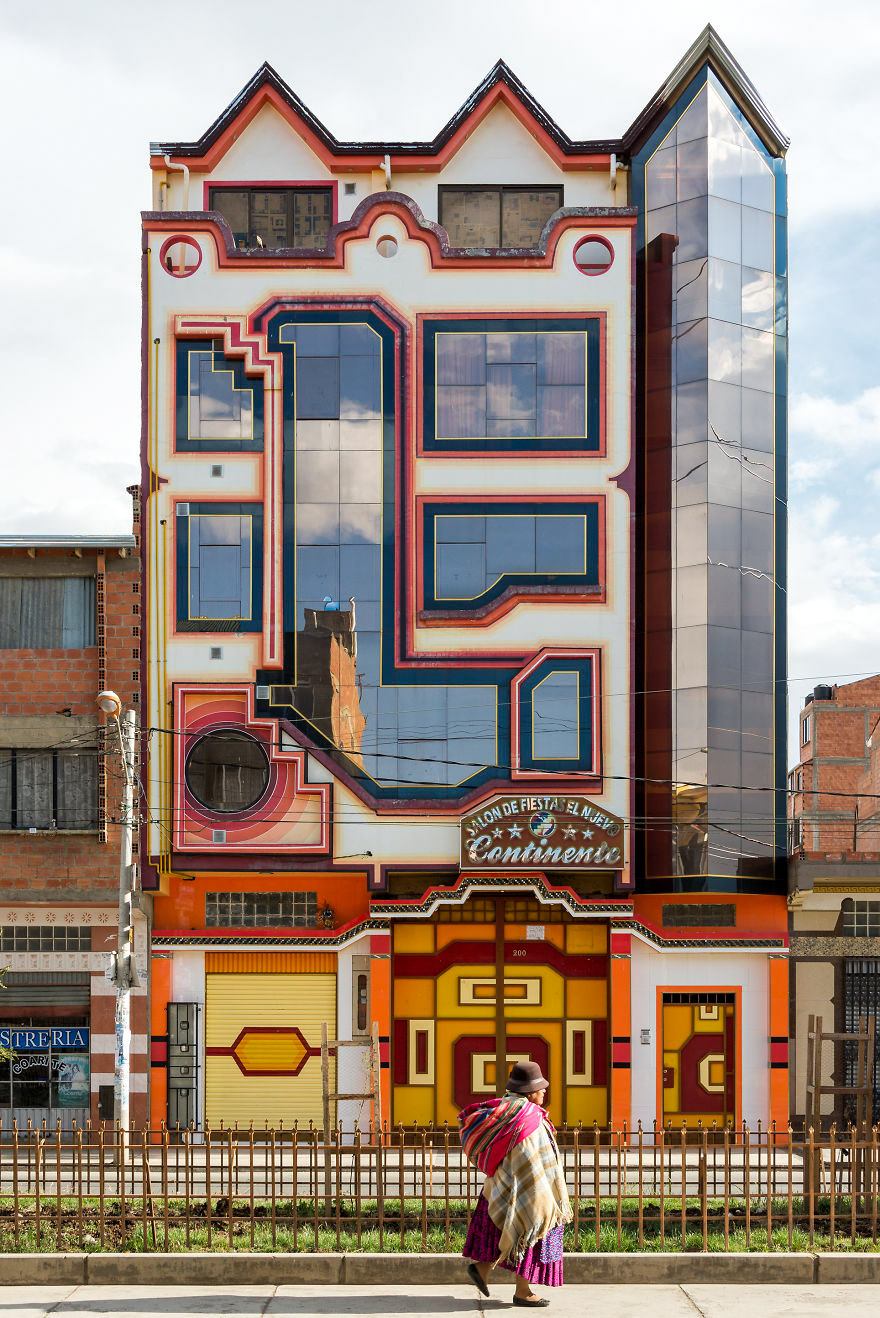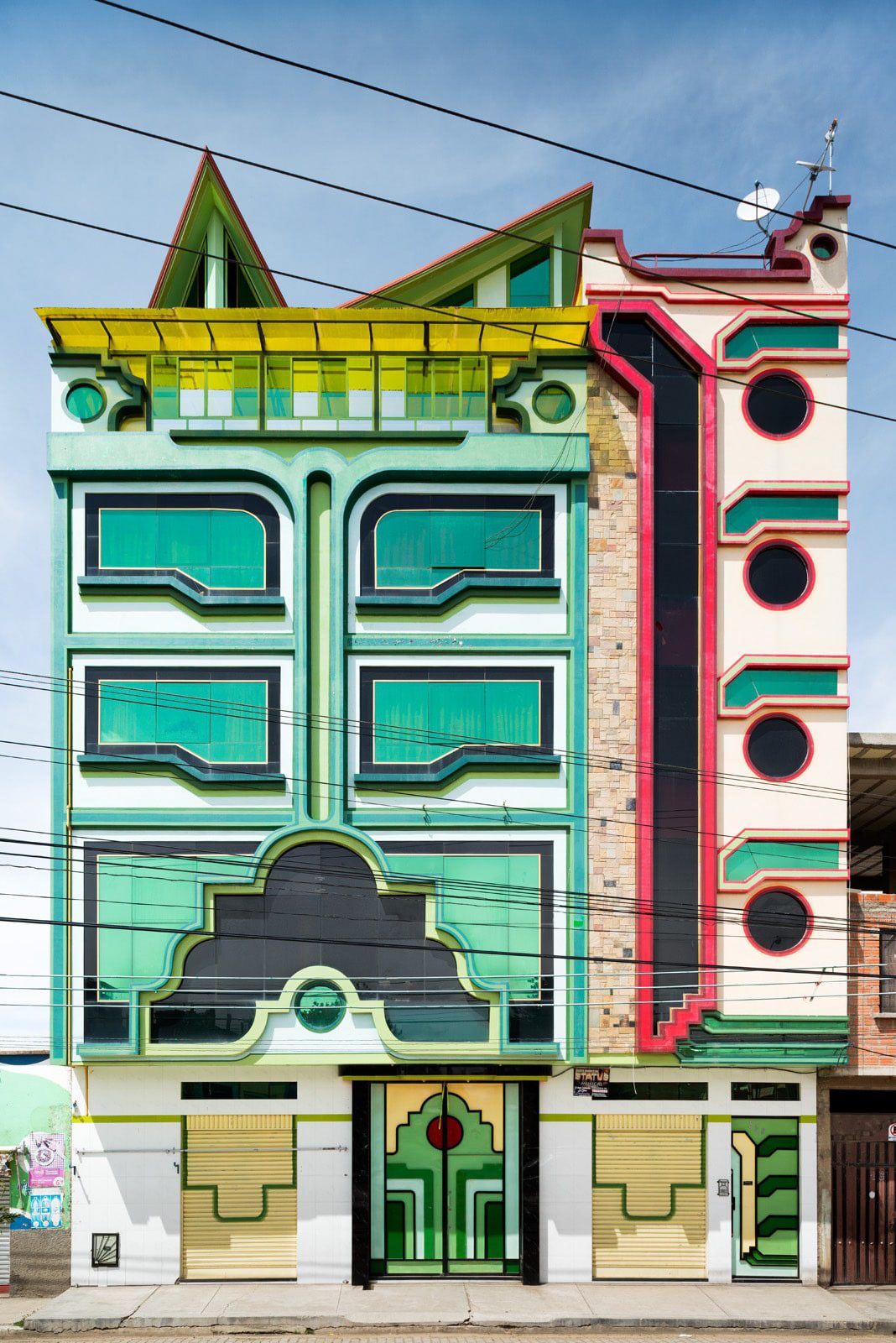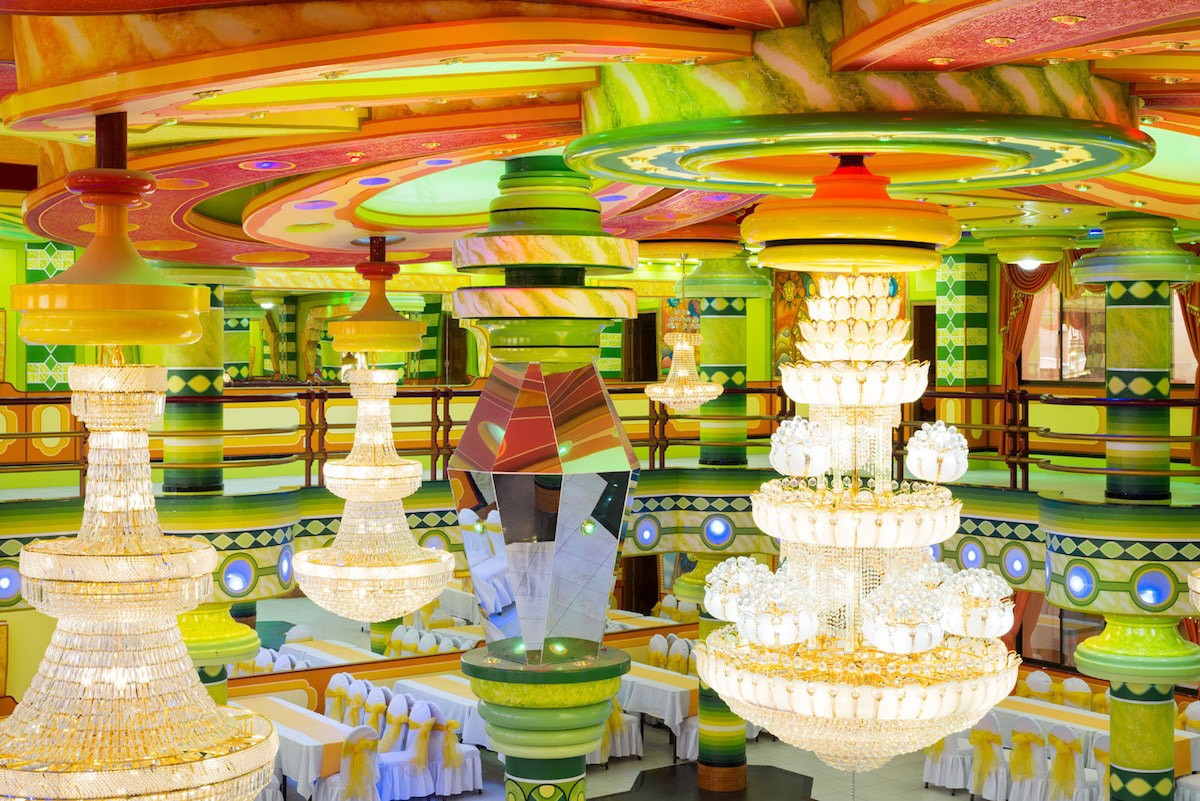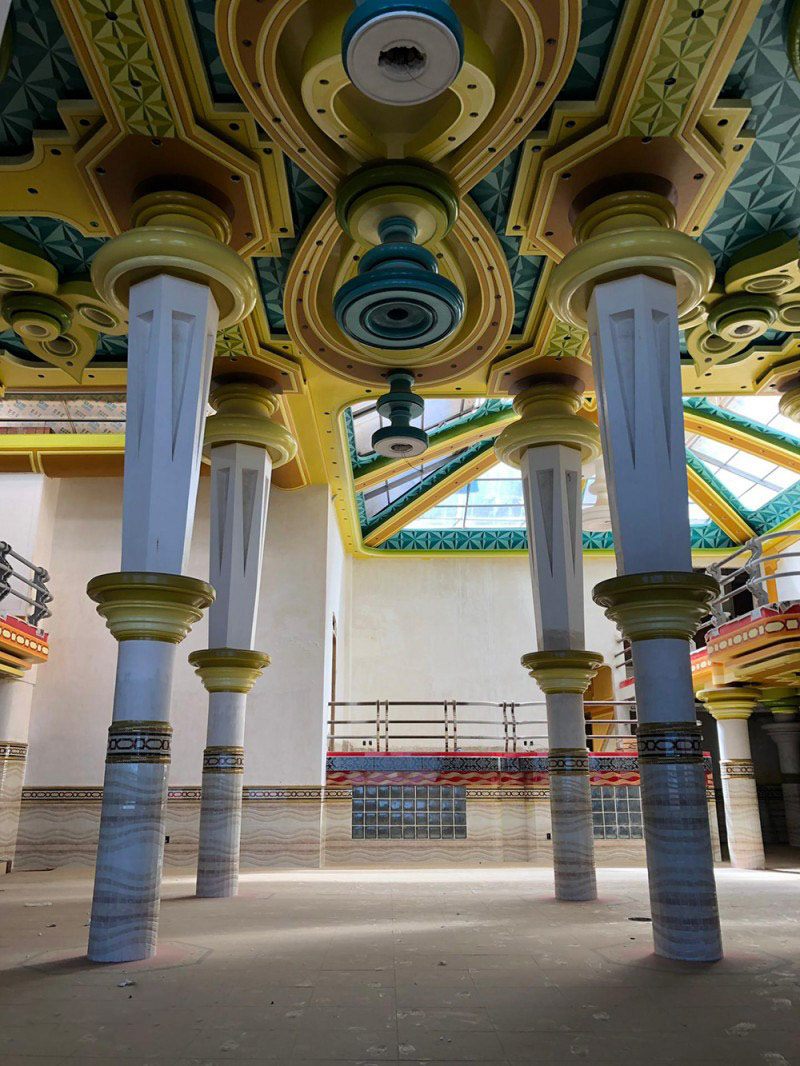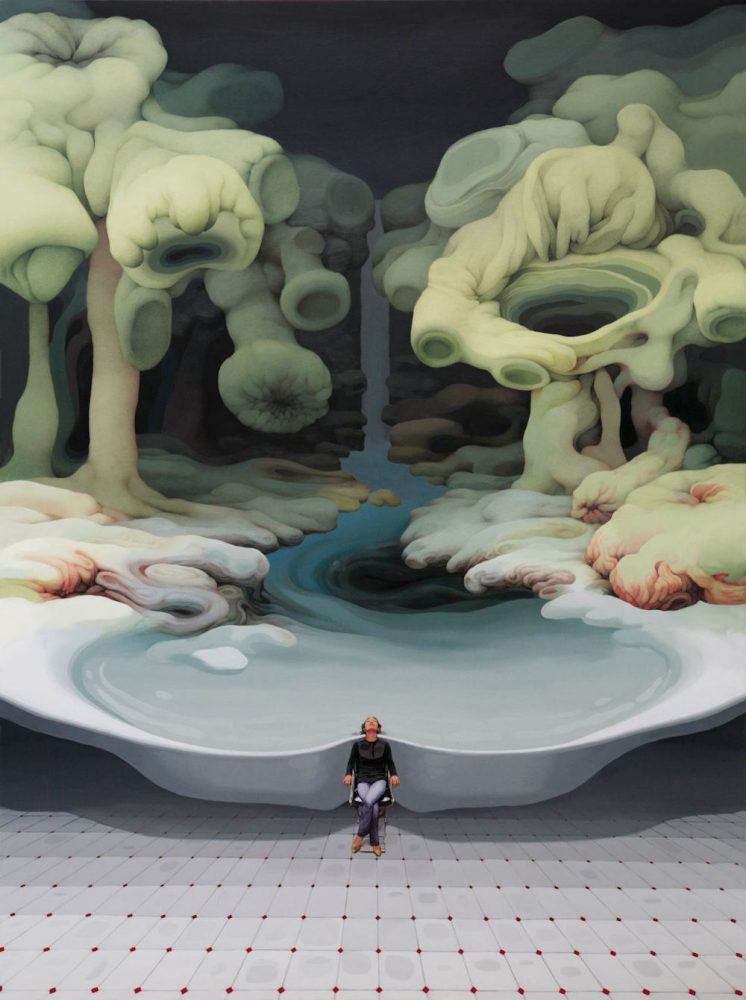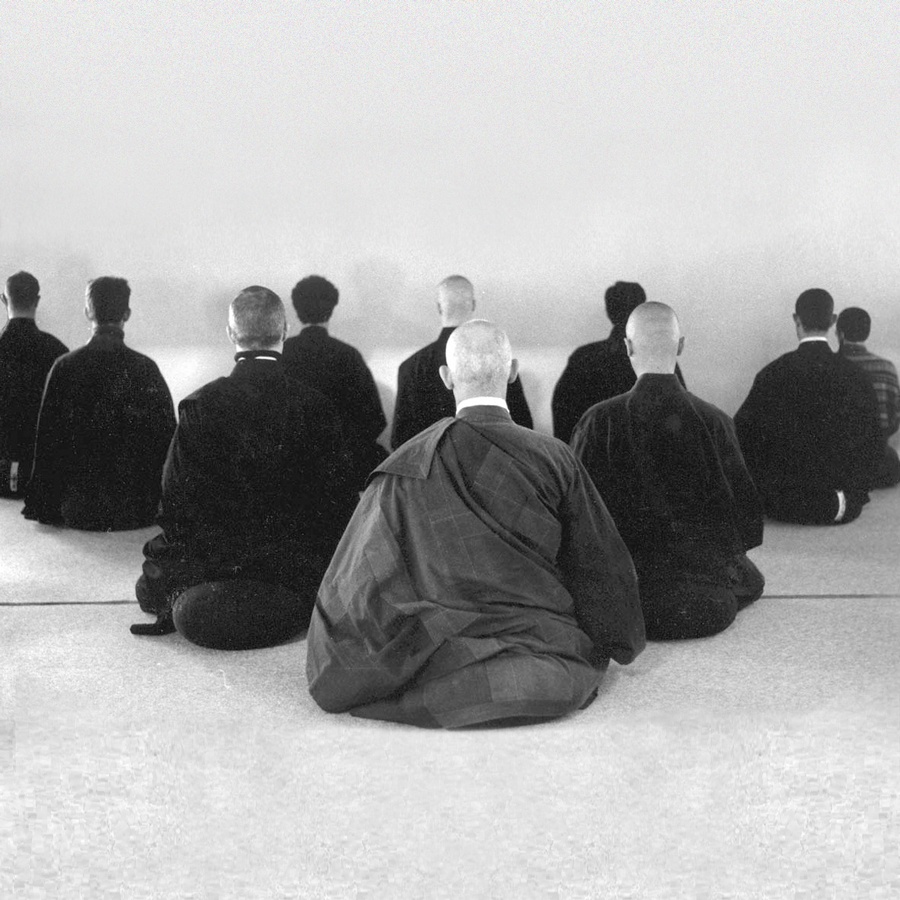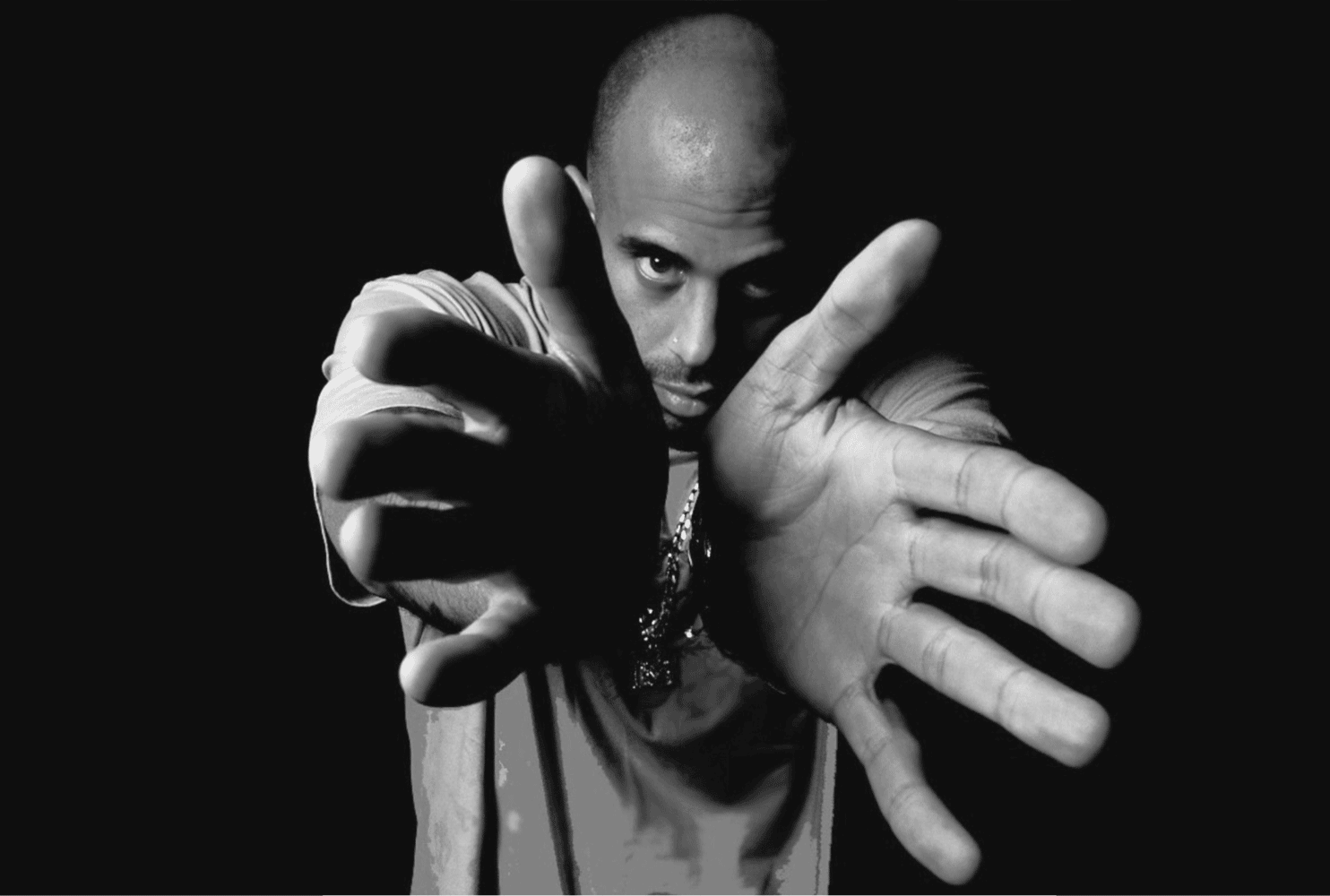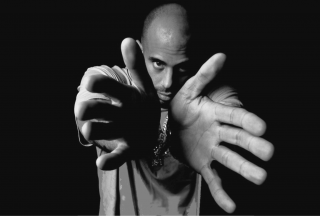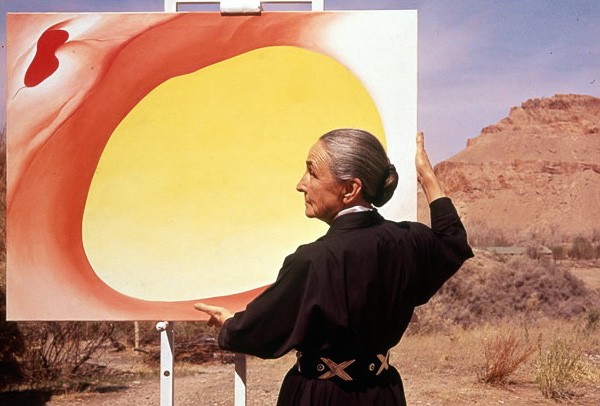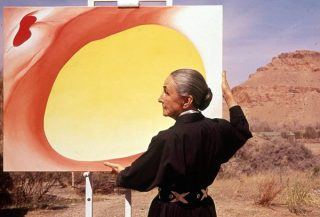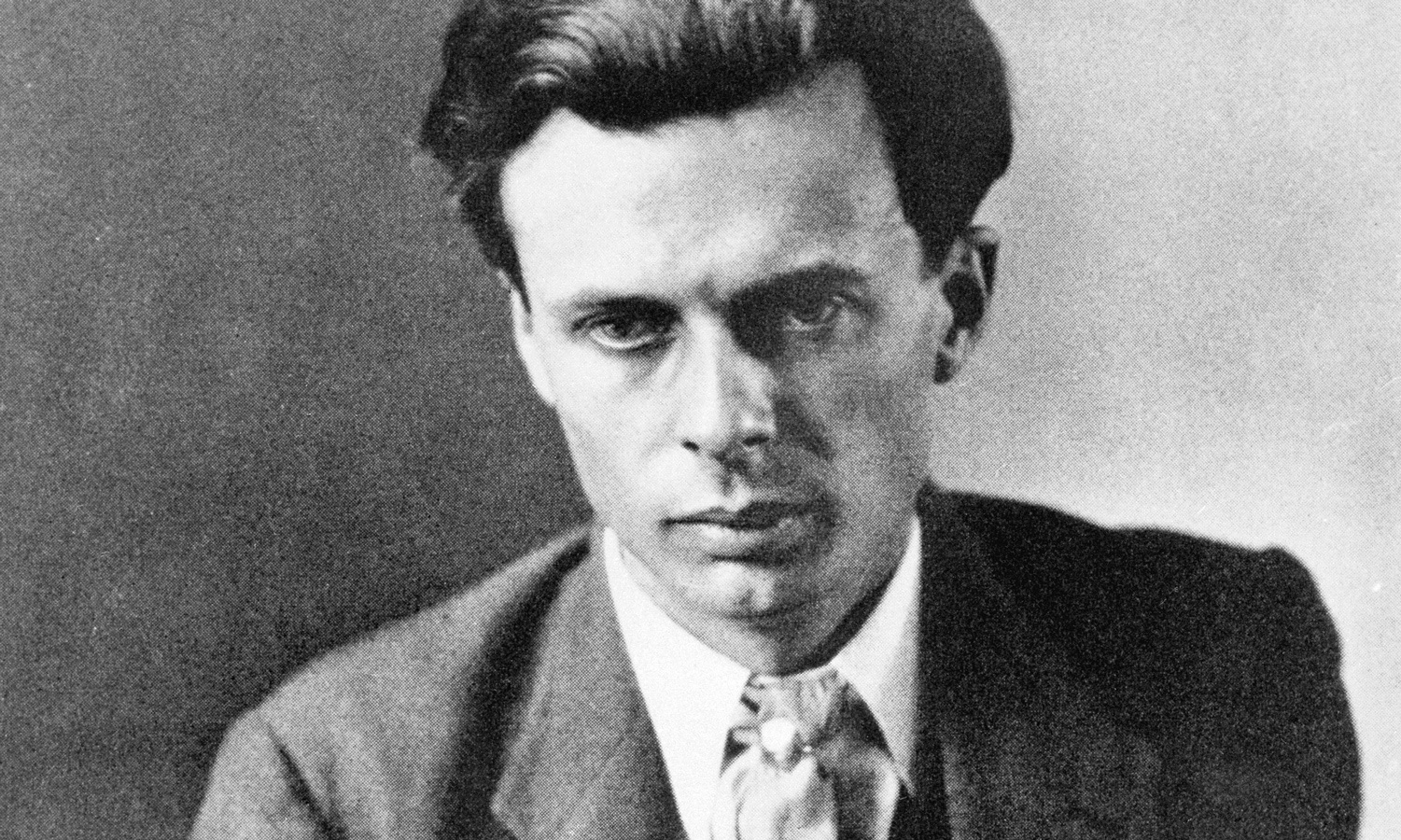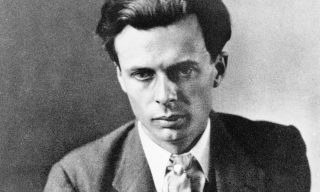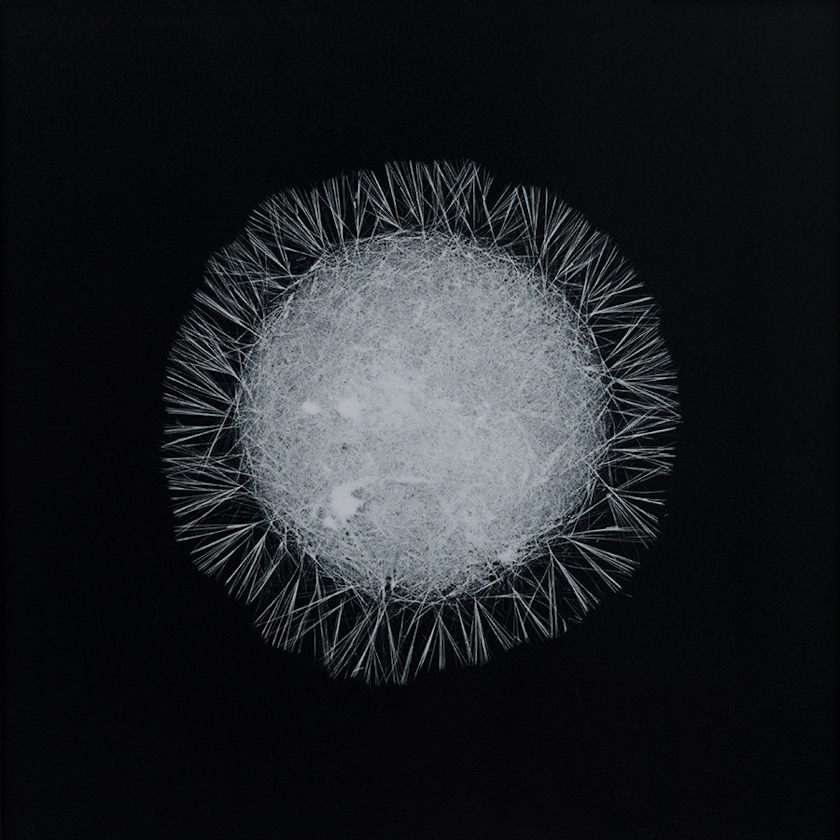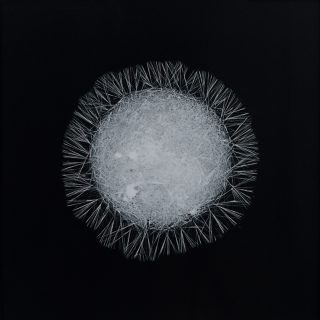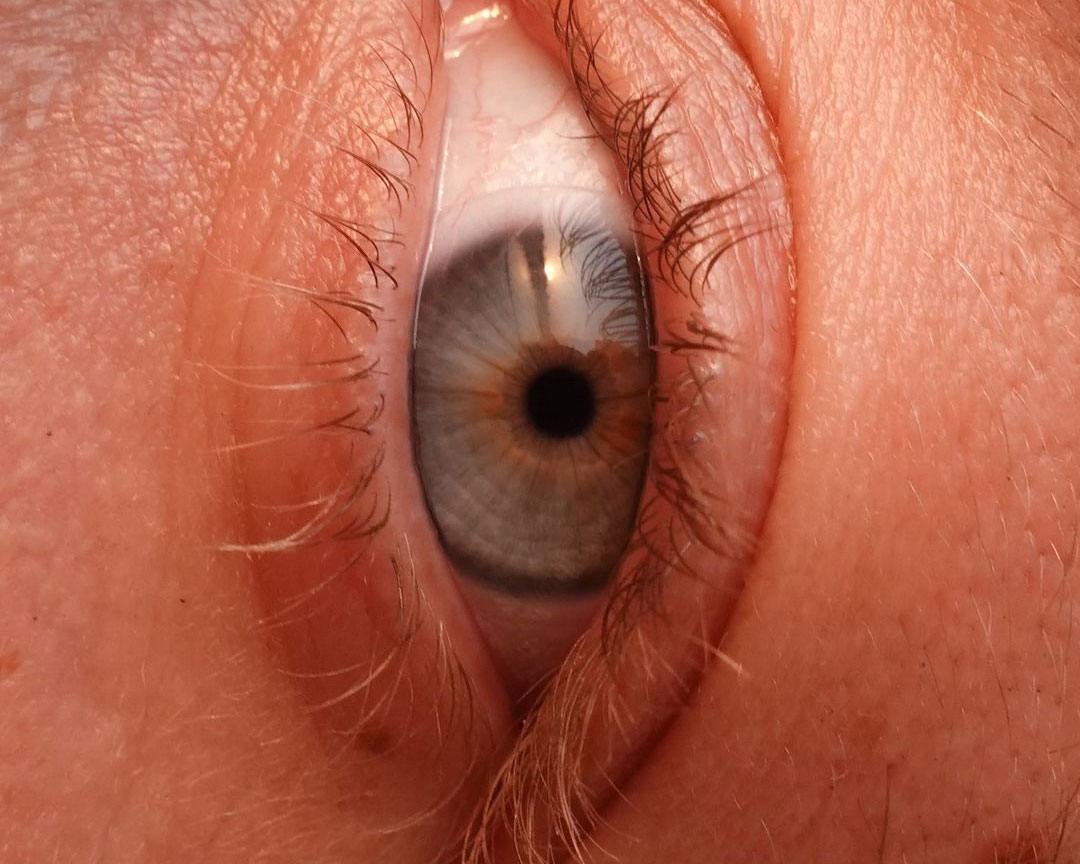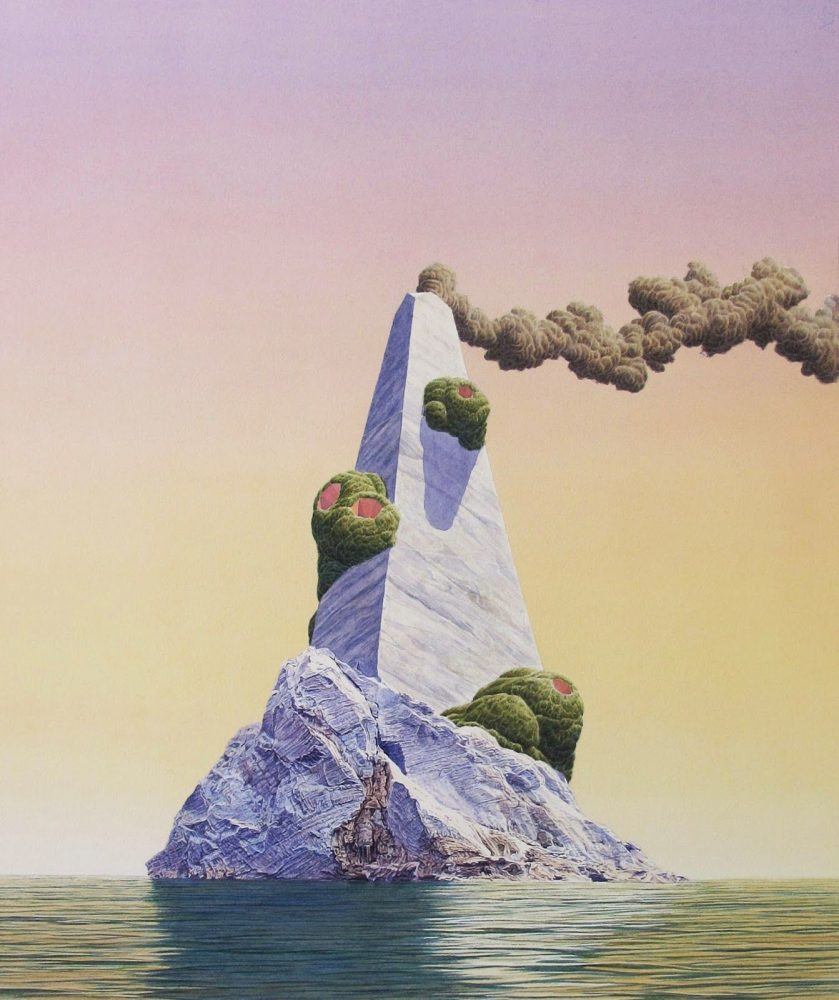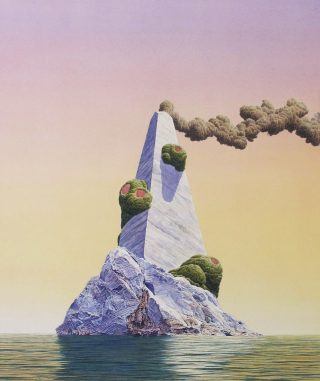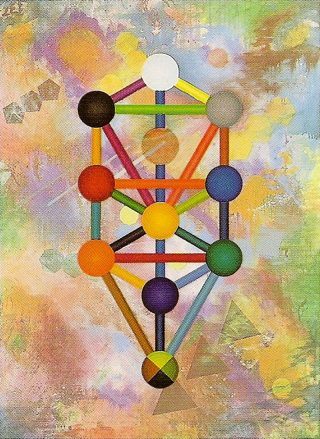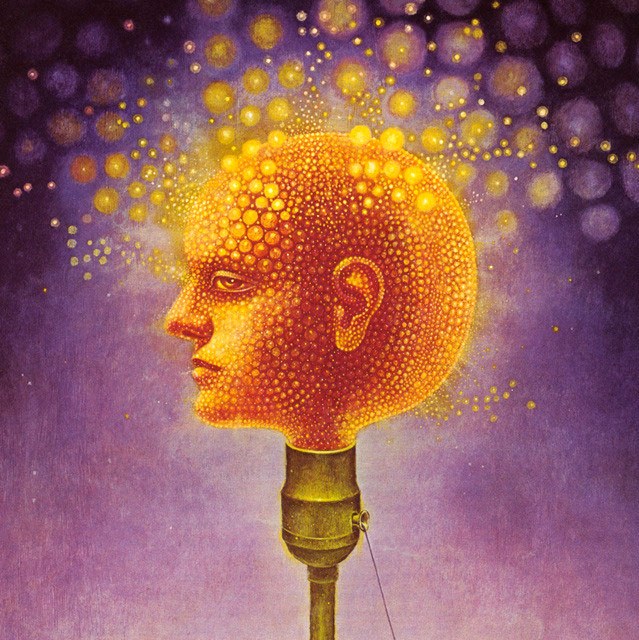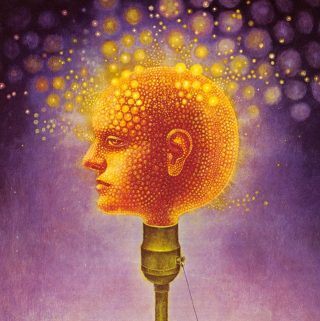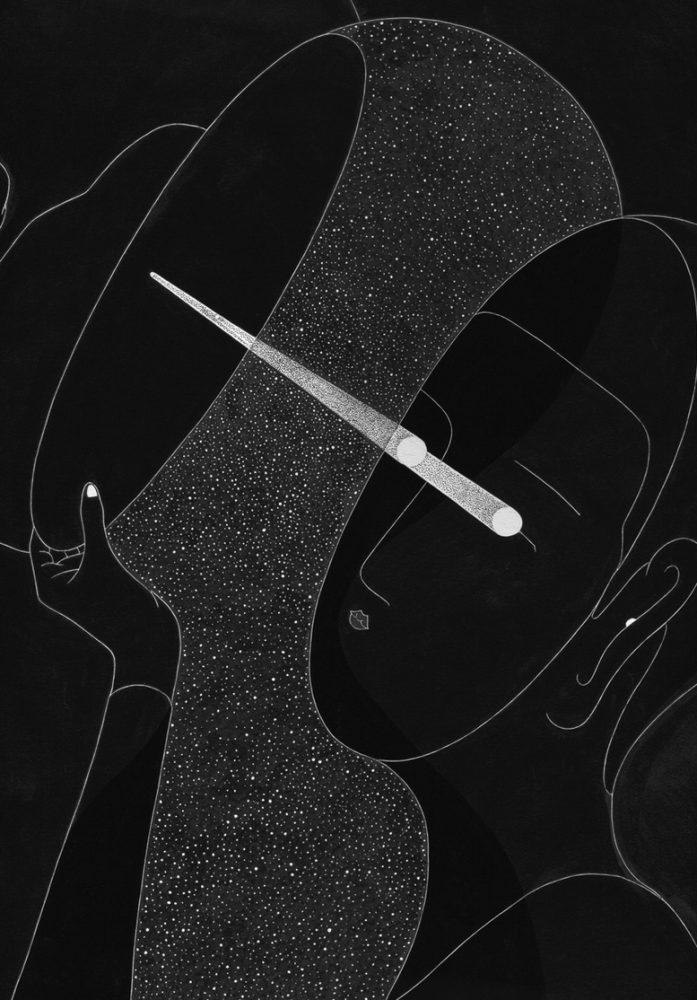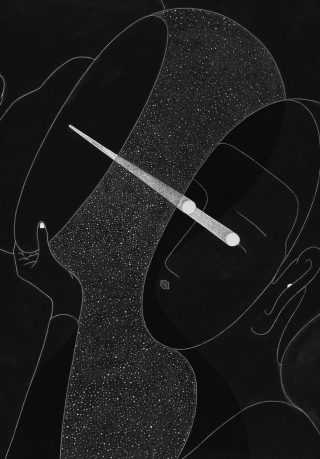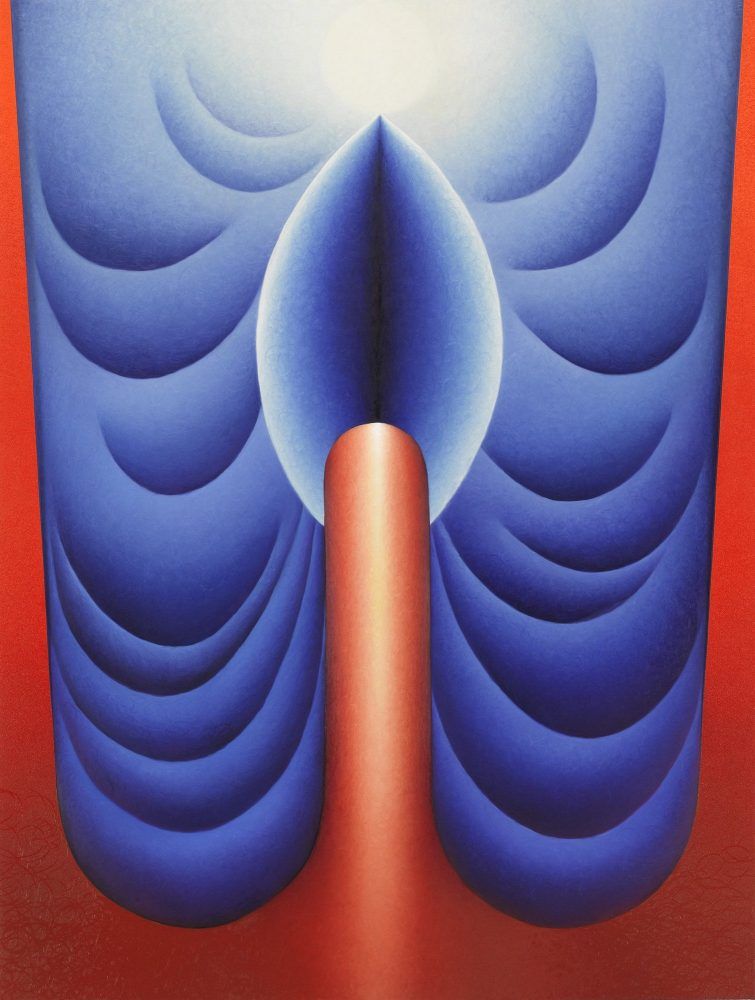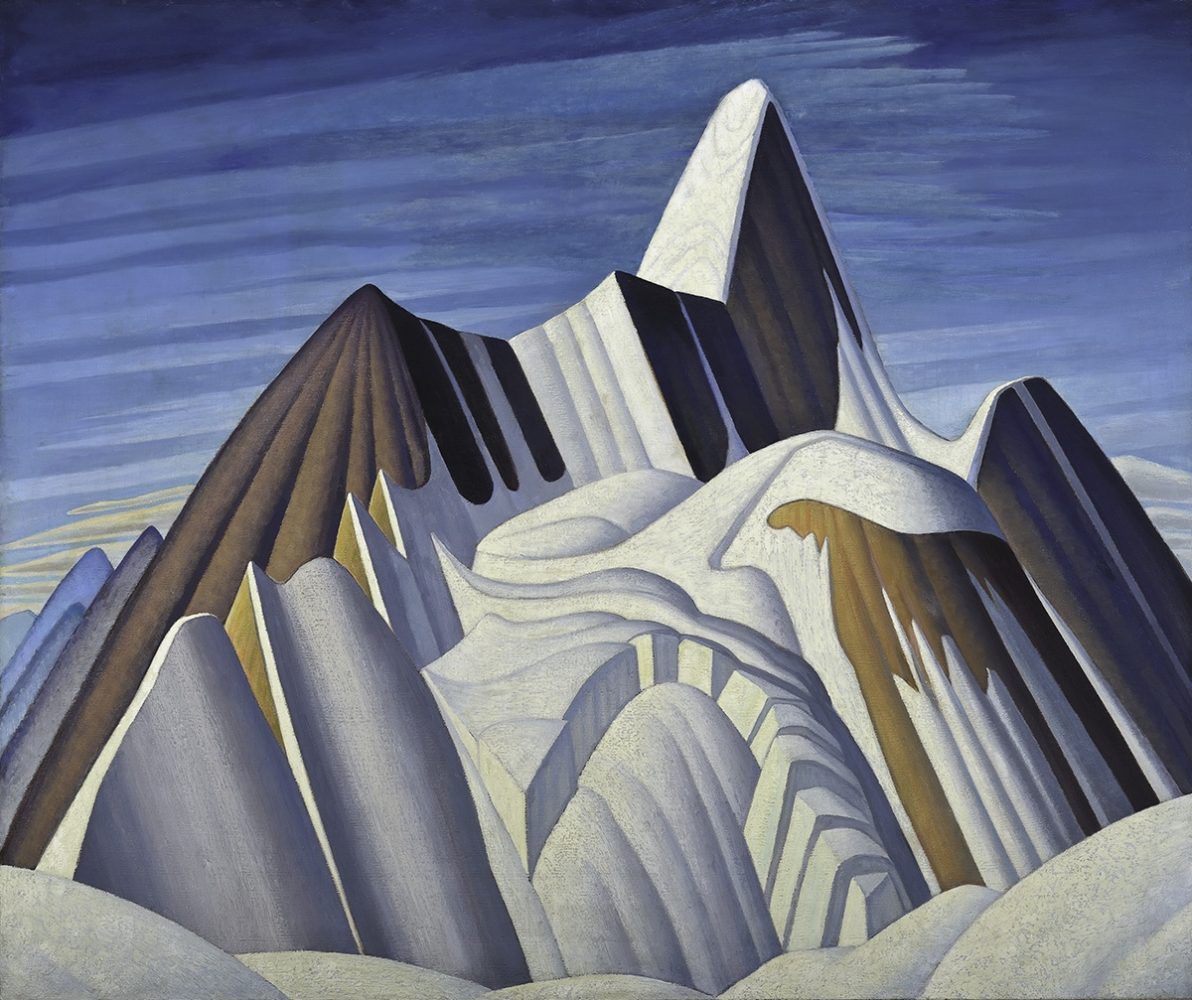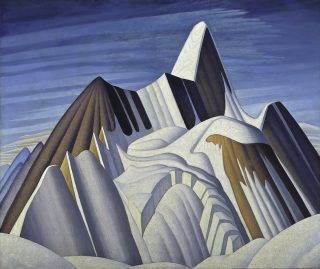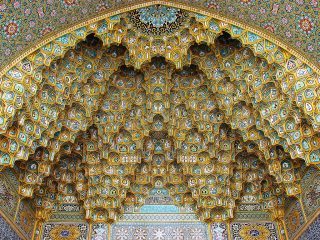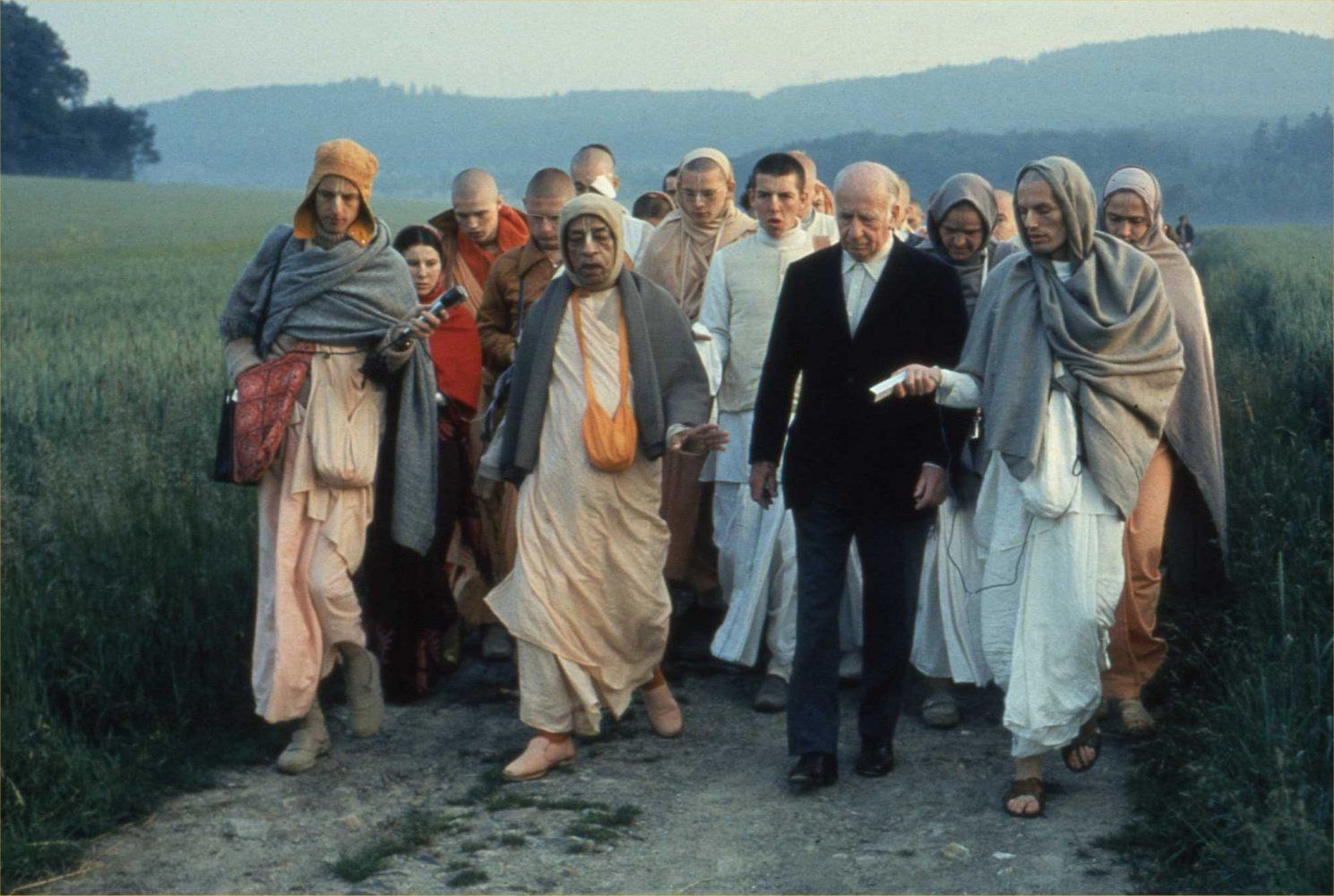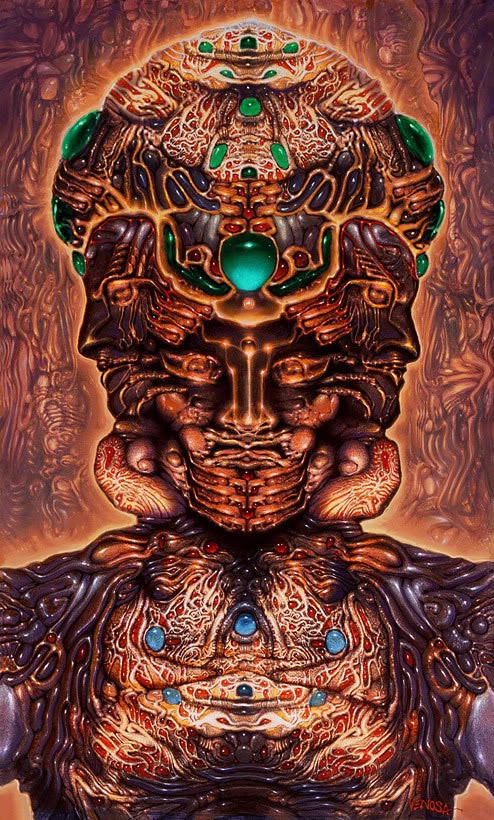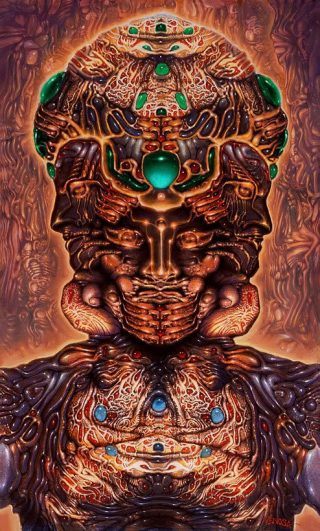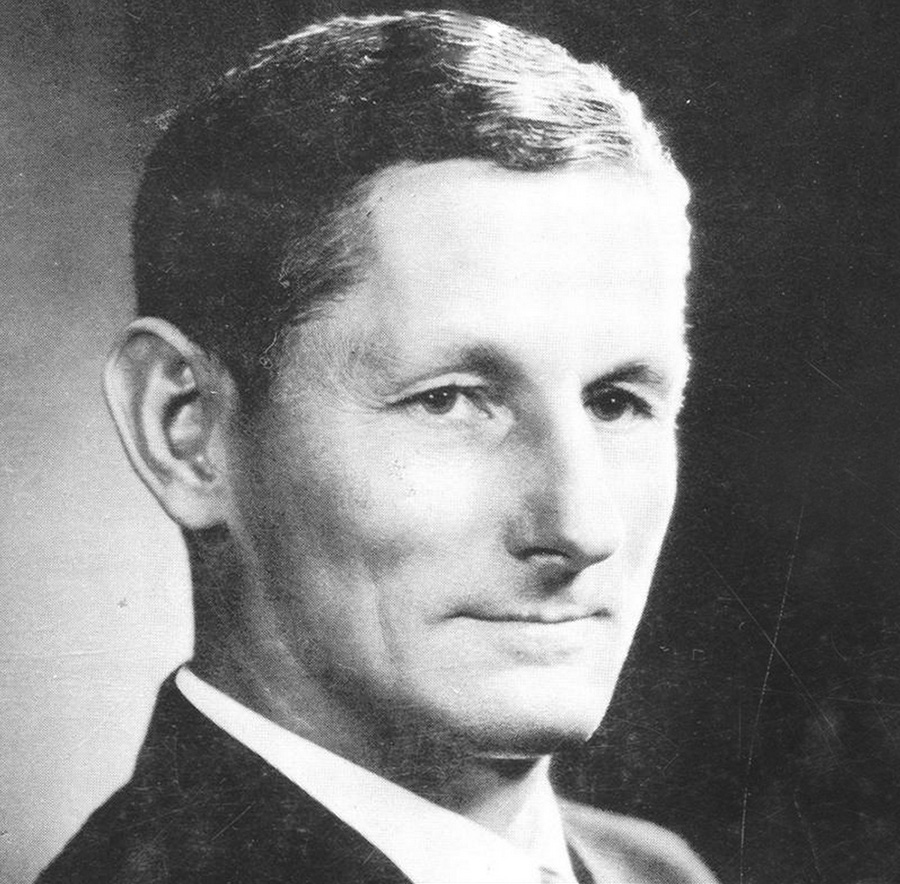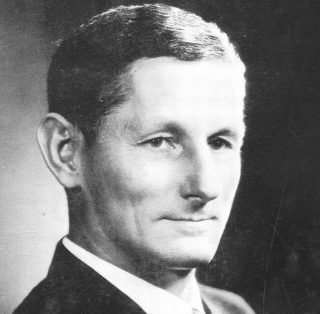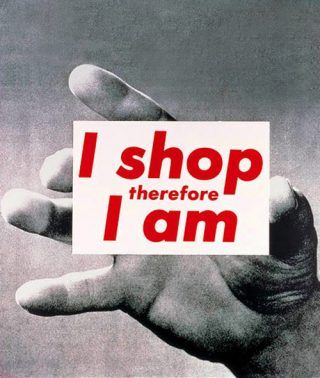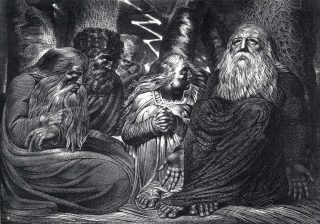Freddy Mamani Silvestre (b. 1971) is the master builder behind the changing face of El Alto, a rapidly growing city overlooking Bolivia’s capital, La Paz. Since 2005, the self-taught maverick architect has built over a hundred of his exuberant psychedelic castles and gave rise to the Neo-Andean style, which has since gained attention around the world. And countless imitators in his own country.
Mamani’s architecture reflects a historic moment for the indigenous population of Aymara and Quechua people. It is a homage to the birth of a new indigenous bourgeoisie and the decolonization of the symbolic order. Thus, the buildings are understood to serve the people, although they spring from the capitalistic order and are not housing the poor.
Their purpose is multilayered. Typically, the first floors accommodate stores and commercial spaces, while the second and third floors are composed of large activity halls for bringing together the community. The fourth and fifth floors are apartments while on the top floor, there is the owner’s dwelling, the ‘cholet’ a fusion of the words chola (a woman wearing the traditional wide skirt and the round hat) and chalet.
To me, these structures appear like ancient totems that become concrete Transformers watching over a new era of cultural identity. The question to what extent the visual vocabulary is truly derived from his ancestry or springs from his own imagination remains open. Regardless, Mamani has brought about an idiosyncratic metamorphosis to the appearance of a city that is indigenous in nature.
I urge you to watch the film below, a rare gem of documentary filmmaking.
‘CHOLET, The work of Freddy Mamani’ by Isaac Niemand (2017)
The images of the post are compiled from various sources online. Among them the book ‘El Alto’ by photographer Peter Granser.







